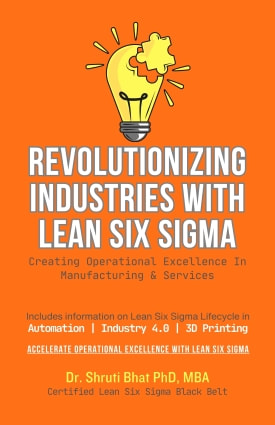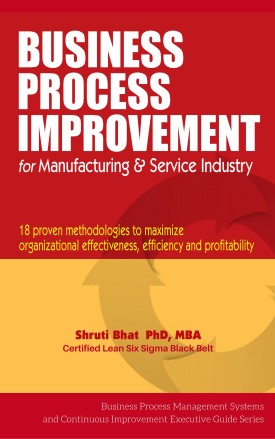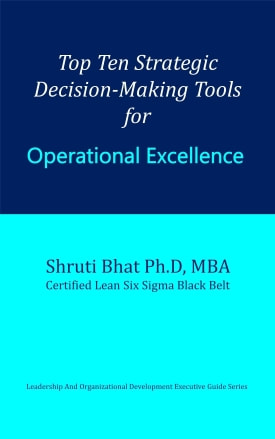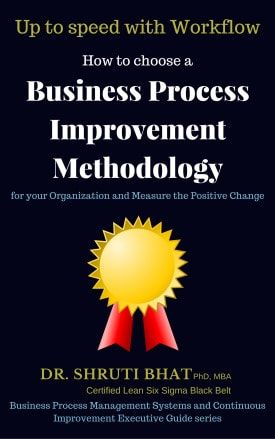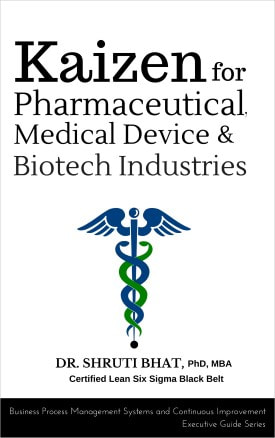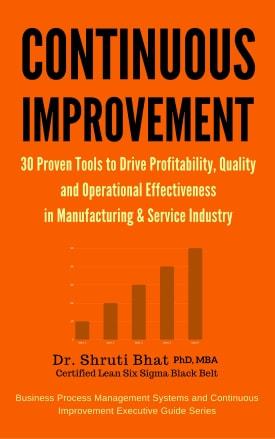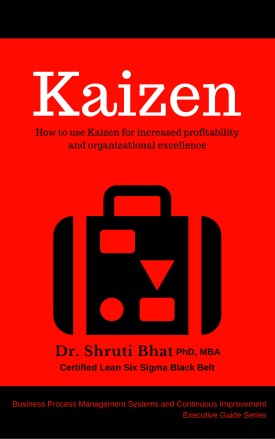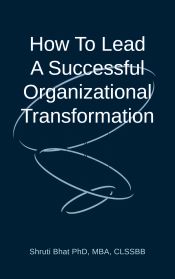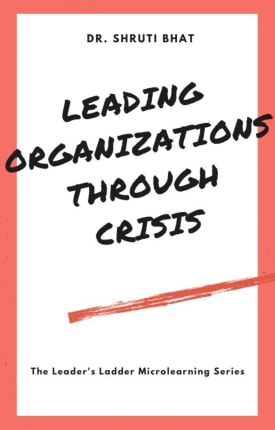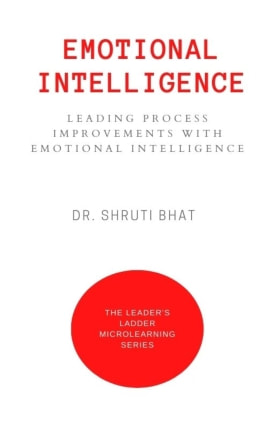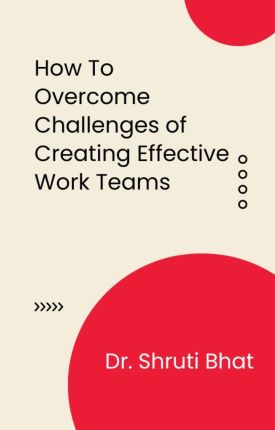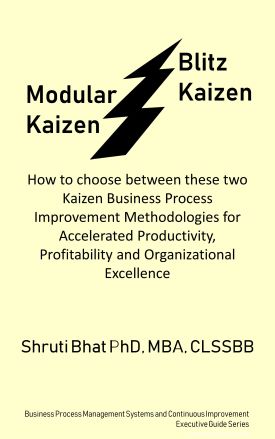According to Section 70 of the Australian Patent Statute, in order to be eligible for an extension of term, either or both of the following conditions must be satisfied:
(a) one or more pharmaceutical substances per se must in substance be disclosed in the complete specification of the patent and in substance fall within the scope of the claim or claims of that specification;
(b) one or more pharmaceutical substances when produced by a process that involves the use of recombinant DNA technology, must in substance be disclosed in the complete specification of the patent and in substance fall within the scope of the claim or claims of that specification.
The “per se” limitation has been held to mean that the claim cannot be limited by reference to how that pharmaceutical substance is made, or by reference to dosage regimes or the like.
“Pharmaceutical substance” is defined in the statute as being “a substance (including a mixture or compound of substances) for therapeutic use…”. There have been several patent office decisions which have considered the meaning of “a substance (including a mixture or compound of substances) for therapeutic use…”.
Before discussing the N.V. Organon case which has just issued, it is worthwhile briefly sketching out the prior landscape:
The first case was LTS Lohmann Therapie-Systeme GmbH & Co KG [2002] APO 12. The subject matter of this case was a transdermal patch. In this case, the Commissioner concluded that, if the claim defined features specifying the “spatial configuration” of the entities within the mixture, then the claim was not directed to a pharmaceutical substance per se. The Commissioner reasoning focused on the fact that, once spatially confined, the substance ceases to be a “mixture”. There has been some criticism of the decision.
The second case was Sanofi-Aventis [2007] APO 35. The subject matter of this case was a bi-phasic controlled-release dosage form. After initial rejection, the Commissioner concluded that the word “compound” must be understood in the sense that it is used within the pharmaceutical industry rather than the narrow meaning in pure chemistry. Hence, the bi-phasic form was a “compound”.
The third case was Euro-Celtique, S.A. [2007] APO 13. The subject matter in this case was a transdermal patch, although the claim did not expressly claim the backing layer and there was some small distinction over the earlier LTS case which did expressly claim the backing layer. Notwithstanding this point of distinction, it was held that the claim was not to a substance per se due to the implied presence of a backing layer.
In the present case, N.V. Organon, the subject matter is a vaginal ring for delivery of steroids. The claim defines a polymer core, in which the steroids are impregnated, and a permeable polymer skin surrounding the core. The critical question was whether such a structure was “a substance (including a mixture or compound of substances).” In following the Sanofi decision, the Commissioner held that “substance” and “compound” should be given broad meanings in order to reflect the statutory intent.
At paragraph 21 of the decision, the Commissioner states that the “spatial configuration” reasoning of LTS “ceases to be persuasive” and is not determinative of the question. The Commissioner held that while “compound”, even in a pharmaceutical context, can be given broad meaning, it was not intended to assist the developers of other therapeutic products or processes including medical apparatus used with therapeutic substances, no matter how innovative and despite also being subject to regulatory approval processes:
Pharmaceutical substance (including a mixture or compound of substances) can include a compound with a controlled spatial configuration if, as a whole, it can still be considered a pharmaceutical “substance” but the combination of such a substance with what would reasonably be considered a separate physical device, layer or structure or, from Sanofi,“any purely physical integers” is excluded and indeed would not be a “pharmaceutical substance per se”.
Ultimately, the Commissioner held, at para 23, that the question to be asked is “whether the characteristics of what is claimed more predominantly lies with it being a substance rather than a substance in combination with a separate integer”:
Many pharmaceutical substances involving mixtures of active and other additives can be characterised as a delivery system. What is more important is the actual features of the product claimed. In this case it can be said that the thermoplastic materials in NUVARING have a physical purpose to position, contain and provide for the controlled release of the steroidal components for interaction with the human body. There are also two distinct and adjacent physical layers or regions that differ in composition, that is, the core and skin.
I note that the bi-layered tablet considered in Sanofi could be said to have similar characteristics although, in that case, the excipients or additives dissolve in the body and do not retain their structure after the active is delivered. The latter could well suggest that the thermoplastic core and skin are more in the nature of separate physical integers. However, from Dr de Graff’s evidence, the steroidal components in NUVARING are mixed with and necessarily diffuse through the thermoplastic materials in the core and skin regions and as such the product as a whole exhibits a level of integration or interaction between the component parts that, in my view, is more characteristic of a pharmaceutical substance in itself rather than a substance combined with another element or thing.
The Commissioner concluded that one must look to the “level of integration or interaction” when deciding whether the claim is to a substance, or to a substance in combination with a separate integer. In this case, the steroids were impregnated into the polymer core, and therefore the claim was to a substance rather than to a substance in combination with a separate feature.
Practical Implications-
The test is now one of “integration” between the active ingredients and the other feature(s). On this basis, it would appear that at least impregnated transdermal patches are now suitable subject matter for an extension. Similarly, impregnated polymer implants are clearly good subject matter. Undoubtedly, there are other similar drug delivery products which are now also suitable for extension of term (e.g. pulmonary delivery, etc).
Reference posts:
- Australian Pharmaceutical Patent Term Extension for Patches and Implants Bill Bennett, of Pizzeys in Australia, sent a note detailing...
- Australian Patent Office Clarifies Novelty Test For Enantiomers A recent decision of an Australian appeal court concerning a...
- Patent Office Budget Shortfall Will Have Long-Term Effects You’re not alone in your suffering. The recession has even...
- Life Cycle of an Australian Innovation Patent Today’s article looks at the life and practicalities of the...
- Australian Federal Court: Amend Patent Claims Before Filing Suit An Australian Federal Court decision provides a reminder to diligently...
Disclaimer- In addition to Terms and Conditions of this blog, the content of this article is intended to provide a general guide to the subject matter. Specialist advice should be sought about your specific circumstances.
Follow Shruti on Twitter, Facebook, YouTube, LinkedIn


